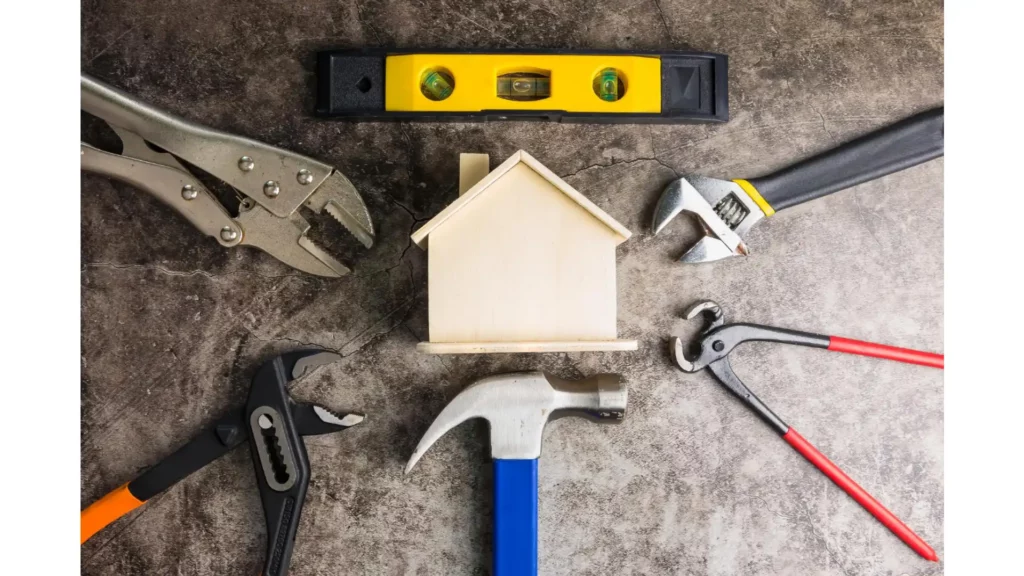In an era marked by increasing environmental consciousness and the need for energy conservation, homeowners are increasingly turning to weatherization as a means to reduce energy consumption and lower utility bills.
Among the various utility companies offering weatherization programs, BGE (Baltimore Gas and Electric Company) stands out for its comprehensive approach to helping customers improve the energy efficiency of their homes.
In this guide, we'll delve into the concept of BGE weatherization, exploring its benefits, implementation strategies, and how it can contribute to a greener, more sustainable future.
Understanding BGE Weatherization
BGE weatherization refers to the set of initiatives and programs offered by Baltimore Gas and Electric Company aimed at improving the energy efficiency of residential properties within its service area.
These initiatives are designed to help homeowners reduce energy consumption, lower utility bills, and create more comfortable living environments while minimizing their carbon footprint.
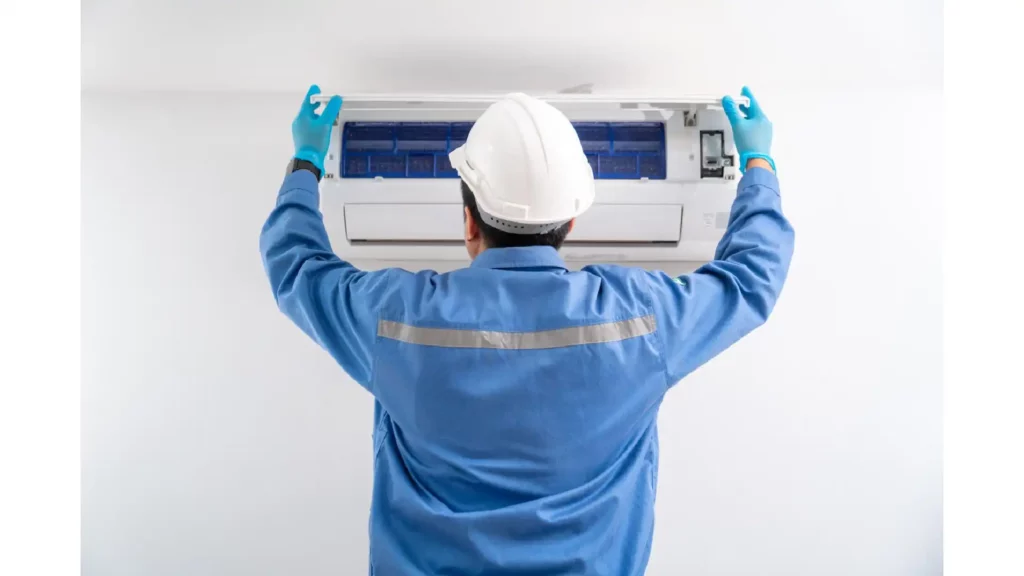
Benefits of BGE Weatherization
- Cost Savings: One of the primary benefits of BGE weatherization is its potential to significantly reduce energy bills for homeowners. By sealing air leaks, adding insulation, and energy efficient HVAC systems, households can enjoy long-term savings on their utility expenses.
- Improved Comfort: Weatherization measures not only help in conserving energy but also contribute to creating more comfortable indoor environments.
- Environmental Impact: By reducing energy consumption, BGE weatherization plays a crucial role in lowering greenhouse gas emissions and mitigating environmental impact.
- Enhanced Home Value: Investing in weatherization can also increase the value of residential properties. Energy-efficient homes are increasingly sought after in the real estate market, and improvements made through BGE weatherization programs can boost a home's appeal to potential buyers.
- Healthier Indoor Environment: Weatherization efforts often include measures to improve indoor air quality, such as proper ventilation and moisture control.
- Enhanced Durability and Maintenance: Weatherization measures not only improve energy efficiency but also help protect the structural integrity of the home.
- Community Resilience: Energy-efficient homes are more resilient during extreme weather and power outages thanks to BGE weatherization programs that reduce grid electricity reliance and optimize energy usage for community safety and comfort.
Health and Safety Considerations
BGE weatherization improves energy efficiency and indoor air quality by preventing outdoor pollutants from entering the home. This creates a healthier living environment for residents.
Furthermore, by addressing issues such as mold growth, carbon monoxide leaks, and ventilation deficiencies, weatherization contributes to overall safety and well-being.
BGE weatherization programs often prioritize health and safety considerations alongside energy efficiency improvements to ensure comprehensive home performance upgrades.
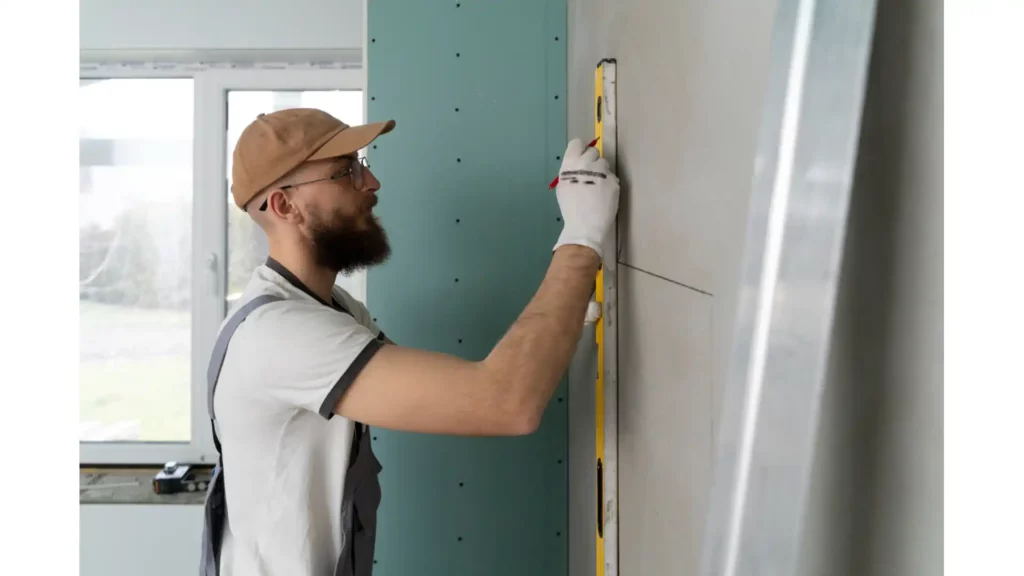
Implementing BGE Weatherization Strategies
- Energy Audit: The first step in implementing BGE weatherization measures is often conducting a comprehensive energy audit.
- Air Sealing: Air leaks around windows, doors, and other openings can account for a significant portion of energy loss in homes.
- Insulation Upgrades: Inefficient insulation causes energy loss and higher consumption. BGE programs provide incentives for upgrading insulation in attics, walls, and basements to save energy.
- HVAC Optimization: HVAC systems use a lot of energy in homes. BGE offers weatherization tips like maintaining HVAC units, upgrading to energy-efficient models, and using programmable thermostats.
- Window and Door Upgrades: Energy-efficient windows and doors play a crucial role in maintaining indoor comfort and reducing energy costs.
- Behavioral Changes: BGE weatherization efforts include promoting energy-efficient behaviors like turning off lights, unplugging electronics, and adjusting thermostat settings to save energy.
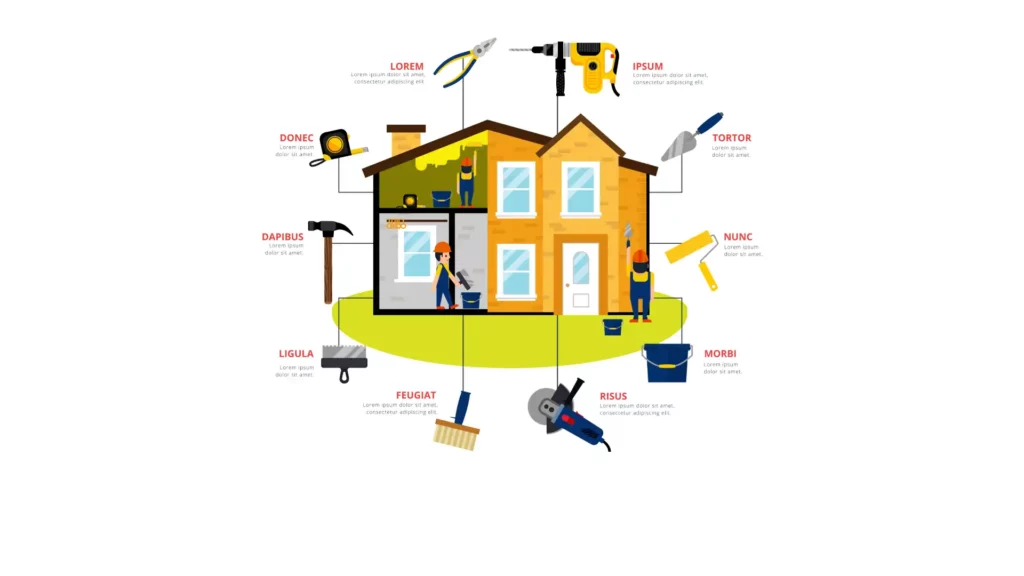
Financing Options for BGE Weatherization
While the benefits of BGE weatherization are clear, some homeowners may be concerned about the upfront costs associated with implementing these energy-saving measures.
Fortunately, there are various financing options available to help offset expenses and make weatherization more accessible.
Options like low-interest loans, rebates, tax incentives, and utility financing can help homeowners afford energy-saving upgrades. This allows them to save money in the long run without financial strain.
DIY vs. Professional Weatherization Services
Homeowners deciding on BGE weatherization must choose between DIY or hiring contractors.
Some tasks like caulking can be done independently, but insulation and HVAC work may require professional expertise.
Consider cost, complexity, and desired results when making the decision.
DIY Weatherization:
Engaging in do-it-yourself weatherization projects can offer several advantages for homeowners who are willing to invest time and effort into the process. Some key benefits include:
- Cost Savings: DIY weatherization often comes with lower upfront costs, as homeowners can purchase materials themselves and eliminate labor expenses associated with hiring professionals.
- Sense of Accomplishment: Successfully completing weatherization tasks independently can provide a sense of satisfaction and empowerment for homeowners, as they take an active role in improving their home's energy efficiency.
- Flexibility and Control: DIY projects allow homeowners to work at their own pace and have full control over the implementation of weatherization measures, including choosing materials and scheduling work according to their convenience.
- Educational Opportunity: Undertaking DIY weatherization projects can be an educational experience, allowing homeowners to gain valuable knowledge and skills that can be applied to future home improvement endeavors.
- Customization: DIY weatherization projects offer the flexibility to tailor improvements to specific needs and preferences, allowing homeowners to address areas of concern that may be overlooked by professional services.
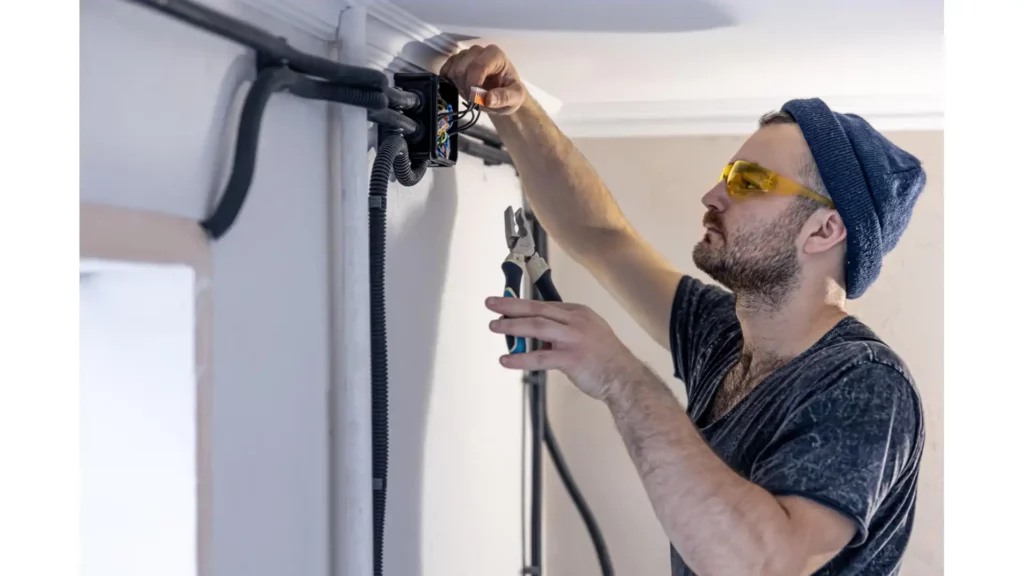
Professional Weatherization Services:
Opting for professional weatherization services offers homeowners access to expertise, efficiency, and quality assurance that may not be achievable through DIY efforts. Some advantages of hiring professionals include:
- Expertise and Experience: Weatherization contractors possess specialized knowledge and training to identify energy efficiency opportunities and implement effective solutions tailored to the unique needs of each home.
- Efficiency and Timeliness: Professional contractors are equipped with the necessary tools and resources to complete weatherization projects efficiently, minimizing disruption to the homeowner's routine and ensuring timely completion.
- Quality Assurance: By hiring accredited professionals, homeowners can have confidence in the quality and durability of the weatherization improvements, backed by warranties and guarantees offered by reputable service providers.
- Comprehensive Assessment: Professional weatherization services often include a comprehensive assessment of the home's energy efficiency, identifying areas of improvement beyond the scope of DIY projects.
- Code Compliance: Professional contractors are familiar with building codes and regulations related to weatherization, ensuring that improvements meet industry standards and regulatory requirements.
- Access to Rebates and Incentives: Many professional weatherization services can help homeowners navigate available rebates and incentives, maximizing potential savings and return on investment.
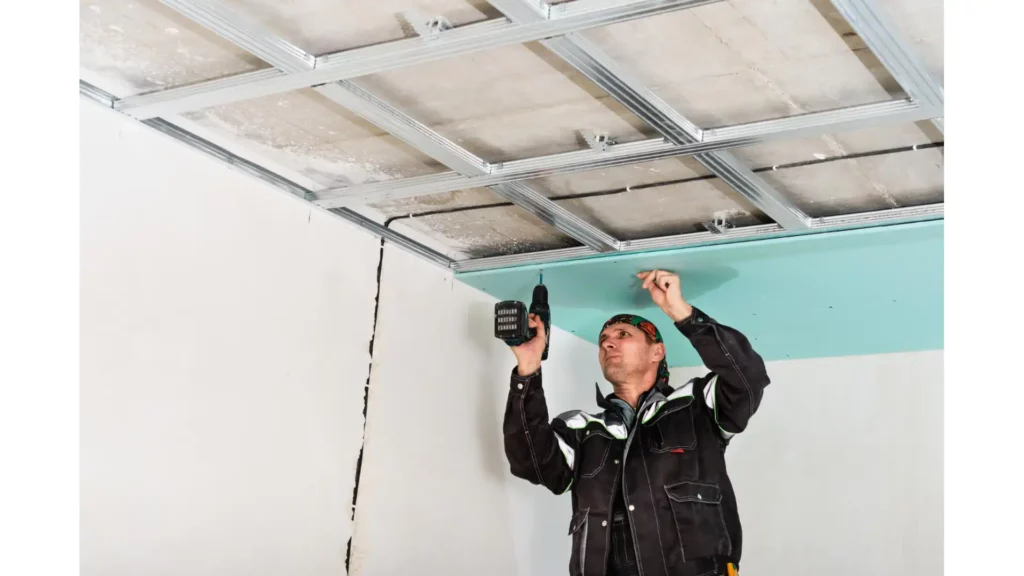
FAQs (Frequently Asked Questions)
1. What is BGE weatherization, and how does it differ from other weatherization programs?
BGE weatherization refers to the specific set of initiatives and programs offered by Baltimore Gas and Electric Company to improve the energy efficiency of residential properties within its service area. While there are various weatherization programs available, BGE weatherization is tailored to the needs of customers in the Baltimore region, offering targeted solutions and incentives to help homeowners reduce energy consumption and lower utility bills.
2. How can I determine if my home would benefit from BGE weatherization?
If you're experiencing high energy bills, uncomfortable indoor temperatures, or drafts in your home, it may be a sign that your home could benefit from weatherization. BGE offers energy audits and assessments to help homeowners identify areas of energy loss and inefficiency, providing valuable insights into the potential benefits of weatherization measures.
3. Are there any costs associated with participating in BGE weatherization programs?
While there may be some upfront costs associated with implementing weatherization measures, such as insulation upgrades or HVAC improvements, BGE offers incentives, rebates, and financing options to help offset these expenses. In many cases, the long-term savings on energy bills far outweigh the initial investment, making weatherization a cost-effective solution for homeowners.
4. How long does it take to see the benefits of BGE weatherization?
The timeline for realizing the benefits of weatherization can vary depending on the specific measures implemented and the characteristics of the home. In general, homeowners can expect to see immediate improvements in indoor comfort, such as reduced drafts and more consistent temperatures. Over time, as energy bills decrease and efficiency increases, the financial benefits of weatherization become more apparent.
5. Are there any DIY weatherization measures I can implement myself?
While some weatherization measures, such as caulking and weatherstripping, can be done by homeowners themselves, more complex tasks like insulation upgrades or HVAC optimization may require professional assistance. BGE weatherization programs often provide resources and guidance to help homeowners identify DIY opportunities and determine when professional help is needed.
6. Will participating in BGE weatherization affect my eligibility for other energy efficiency programs or incentives?
Participating in BGE weatherization programs typically does not affect eligibility for other energy efficiency programs or incentives. In fact, many programs complement each other, allowing homeowners to maximize their savings and benefits by combining multiple initiatives. It's always a good idea to explore all available options and take advantage of any incentives or rebates that apply to your situation.
7. How can I get started with BGE weatherization for my home?
To get started with BGE weatherization, homeowners can visit the Baltimore Gas and Electric Company website or contact their customer service team for information on available programs and resources. Scheduling an energy audit is often the first step in the process, followed by recommendations for weatherization measures tailored to your home's specific needs and circumstances.
8. Will BGE weatherization measures require ongoing maintenance or upkeep?
While weatherization measures are designed to be durable and long-lasting, some may require periodic maintenance or upkeep to ensure optimal performance. For example, HVAC systems should be regularly serviced, and insulation should be inspected for signs of damage or deterioration over time. BGE weatherization programs may offer guidance on maintenance best practices to help homeowners maximize the lifespan and effectiveness of their investments.
BGE Weatherization Conclusion
BGE weatherization offers homeowners a valuable opportunity to improve the energy efficiency of their homes, reduce utility bills, and contribute to environmental sustainability.
By implementing a combination of air sealing, insulation upgrades, HVAC optimization, and behavioral changes, households can maximize the benefits of weatherization and create more comfortable, eco-friendly living spaces.
As the demand for energy conservation continues to grow, BGE weatherization programs play a crucial role in helping communities achieve their energy efficiency goals.

